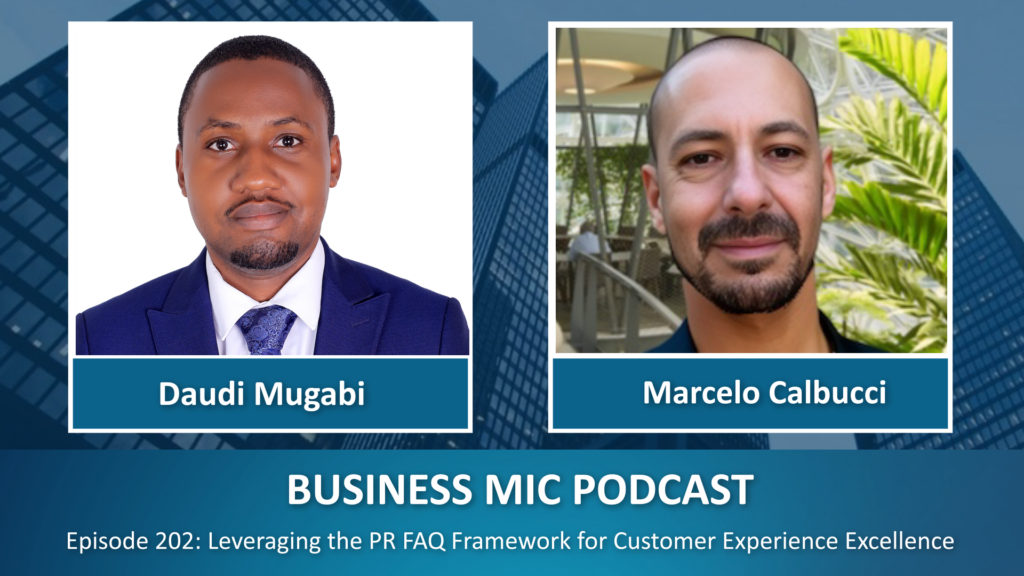
In the competitive landscape of business, the influx of customers switching from competitors is a testament to both triumphs and pitfalls. Often, these customers come seeking refuge from an unpleasant experience, aspiring for a renewed relationship with a business that promises better service. This transition presents an invaluable opportunity to glean insights, not just from their grievances but also from the virtues that initially attracted them to the competition.
At the onset of onboarding these new customers, a standard protocol involves understanding the flaws they encountered in their previous engagement. It’s a crucial step aimed at rectifying and surpassing those shortcomings. However, a lesser-trodden path, yet equally imperative, lies in probing the reasons behind their initial allegiance to the competition.
Unveiling these insights, encompassing both negative departures and positive attractions serves as the bedrock for crafting an unparalleled customer experience. Let’s consider a simple example where a customer’s departure from a competitor might hinge on the sluggish response time to their queries. If our business offers a swifter turnaround, it becomes a notable advantage. Yet, if the competitor enticed them with complimentary amenities like coffee and a newspaper, our absence of such niceties creates discord, failing to meet their full satisfaction.
By scrutinizing both what dissatisfied them and what charmed them about the competitor’s service, we achieve equilibrium in our offerings, striving to deliver an experience that reconciles their negative and positive expectations.
Customers who traverse from a discontented experience elsewhere to a promising one with us often possess a critical lens honed by comparison. They hold the potential to morph into enthusiastic advocates for businesses that meet or exceed their expectations.
Therefore, as custodians of customer satisfaction, it becomes pivotal to inquire not only about what faltered but also about what enamored them initially. What nuances of the competitor’s service held their loyalty? By this dual exploration, we converge on the path to curating the ultimate customer experience.
In essence, leveraging the knowledge gained from both the grievances and the allure of the competition empowers businesses to sculpt an experience that transcends mere satisfaction. It enables the creation of an immersive and gratifying journey, thereby fostering loyalty and advocacy from patrons who once sought refuge in our promise of betterment.



